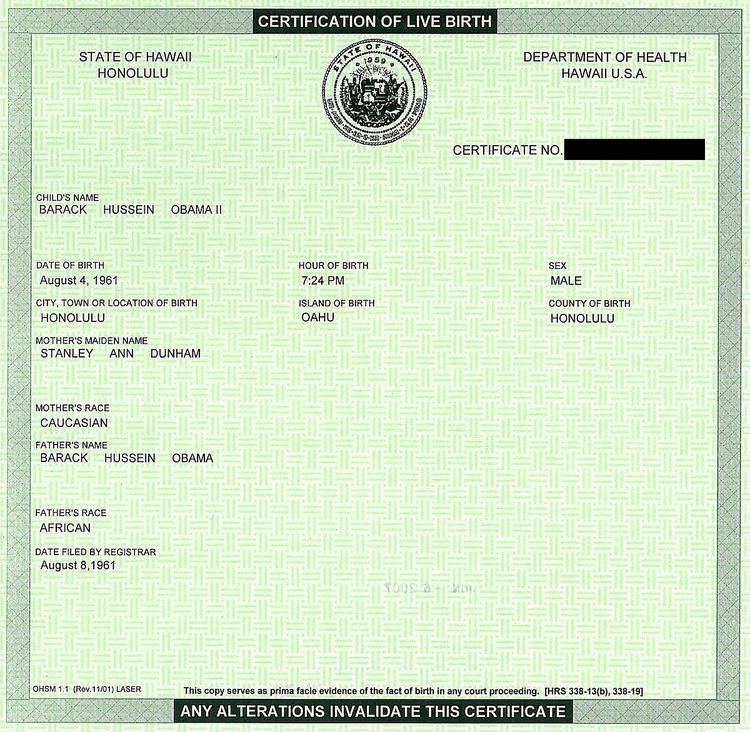 | ||
Security paper is a paper that incorporates features that can act to identify or authenticate a document as original, e.g. watermarks or invisible fibres in paper, or features that demonstrate tamper evidence when fraud is attempted, e.g., to remove or alter print such as amounts or signatures on a cheque. Examples of this kind of papers are those used for identification such as passports and certificates, such as birth certificates and different types of academic and qualification certificates, as well as government documents, e.g. voting ballots and tax strips.
Contents
History
An initial patent for the manufacturing process for security paper was granted to Robert E. Menzies and John E. Aitken in the early 20th century. According to the patent, the method by which security paper was produced involved using a soluble thiocyanate (such as ammonium thiocyanate) and lead, which could be used to create an insoluble salt, lead thiocyanate. This compound would then bind to the paper pulp, adding weight and diminishing visibility of the inner contents of the envelope.
Under the Intelligence Reform and Terrorism Prevention Act of 2004, Public Law 108-458, December 17, 2004, § 7211(b)(3)(A), 118 Stat. 3826, reprinted in the Official Notes to 5 USC § 301, all states are required to issue their birth certificates on "safety paper" which is "designed to prevent tampering, counterfeiting, or otherwise duplicating the birth certificate for fraudulent purposes."
Techniques
Various techniques exist to implement security paper, particularly for reducing copying. These include:
The most sophisticated techniques are used with paper money – see Counterfeit money: Anti-counterfeiting measures for discussion.
